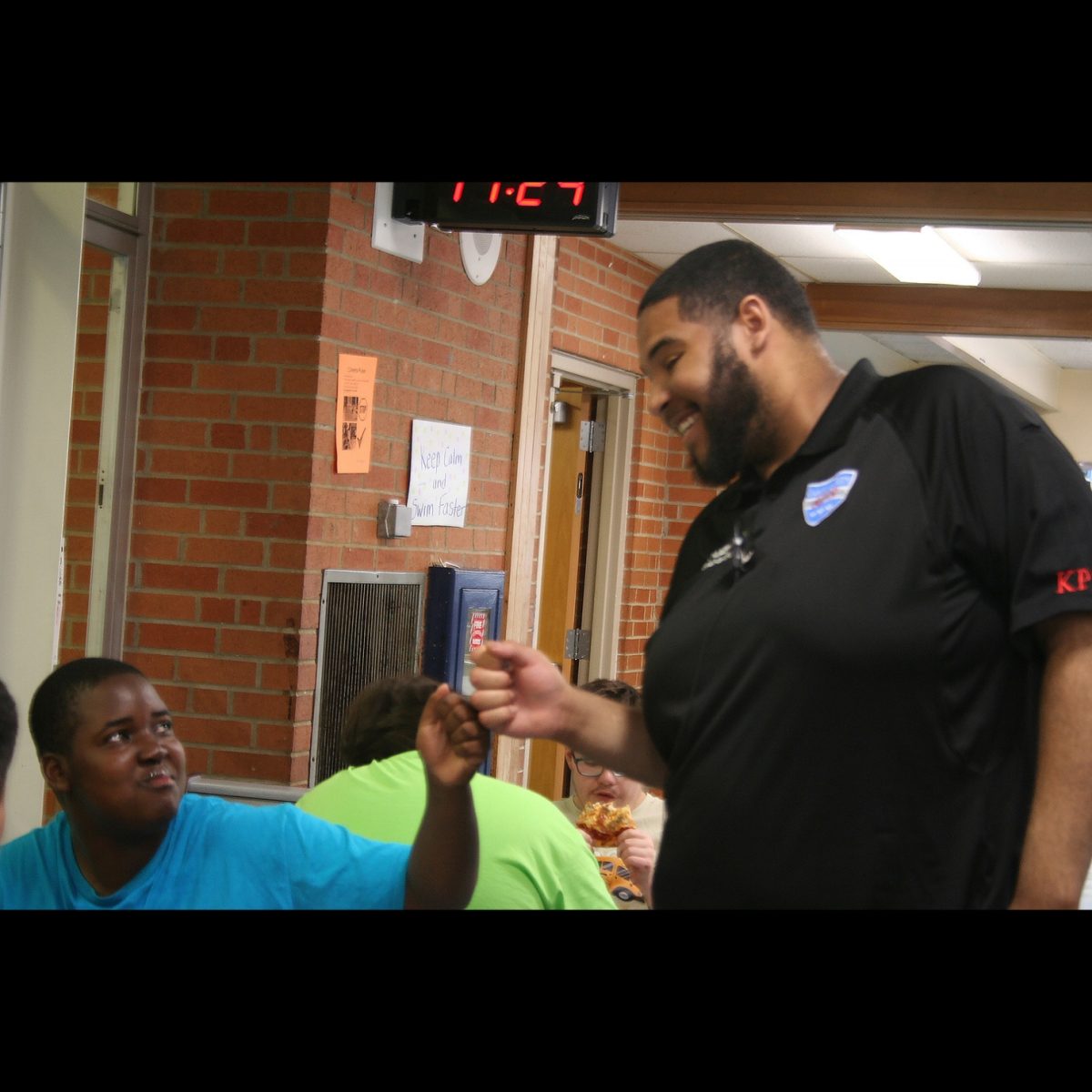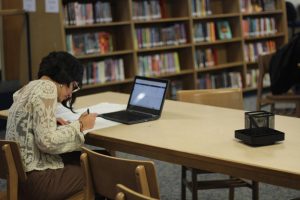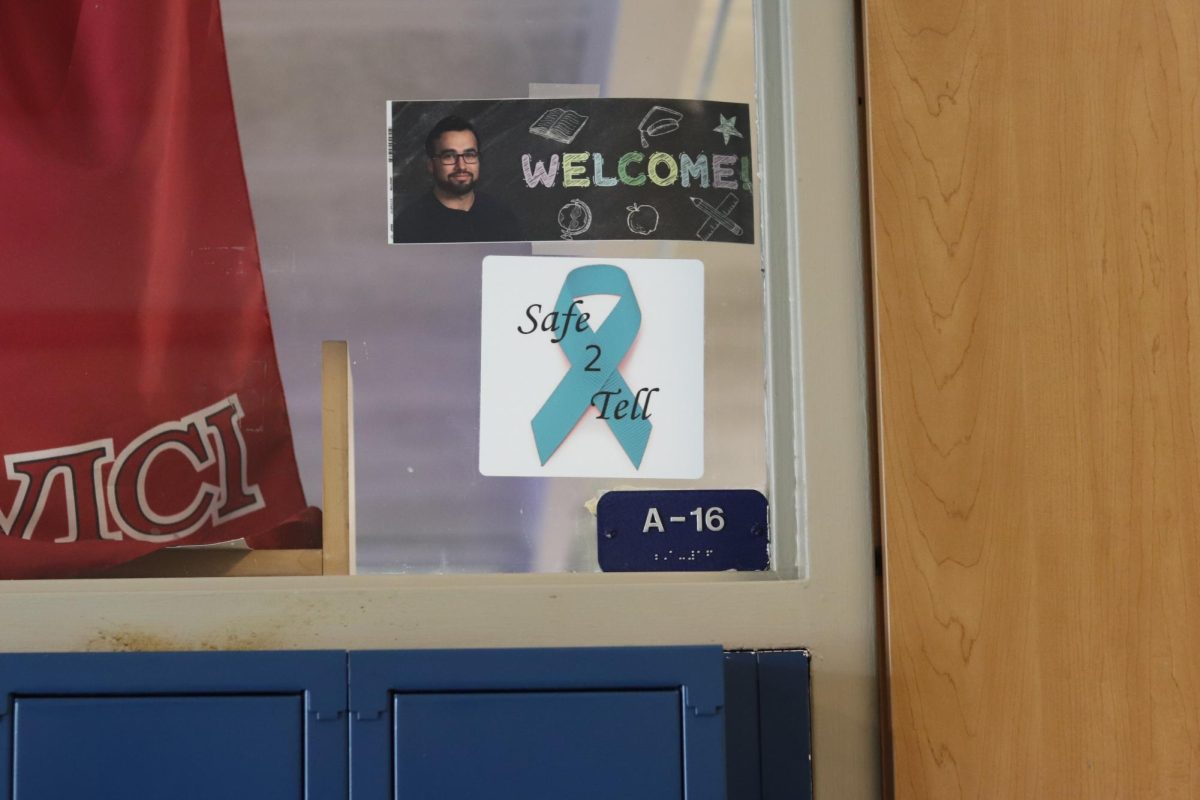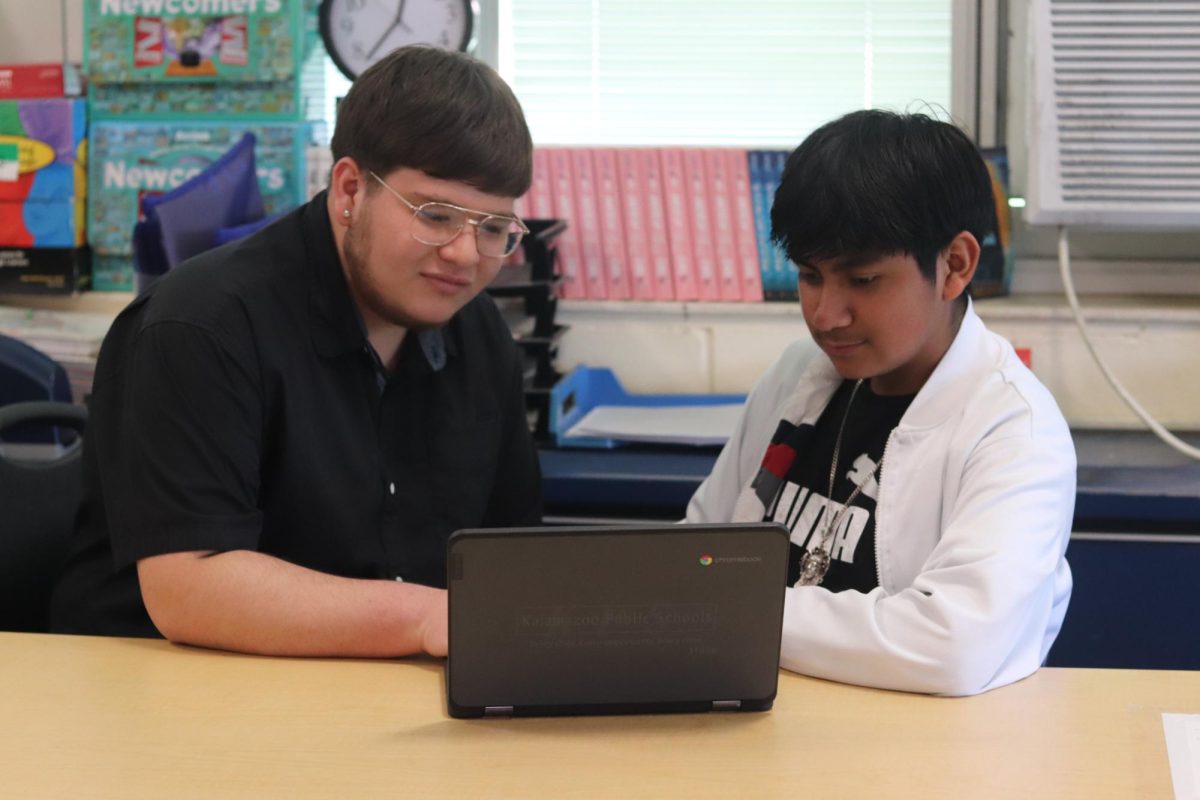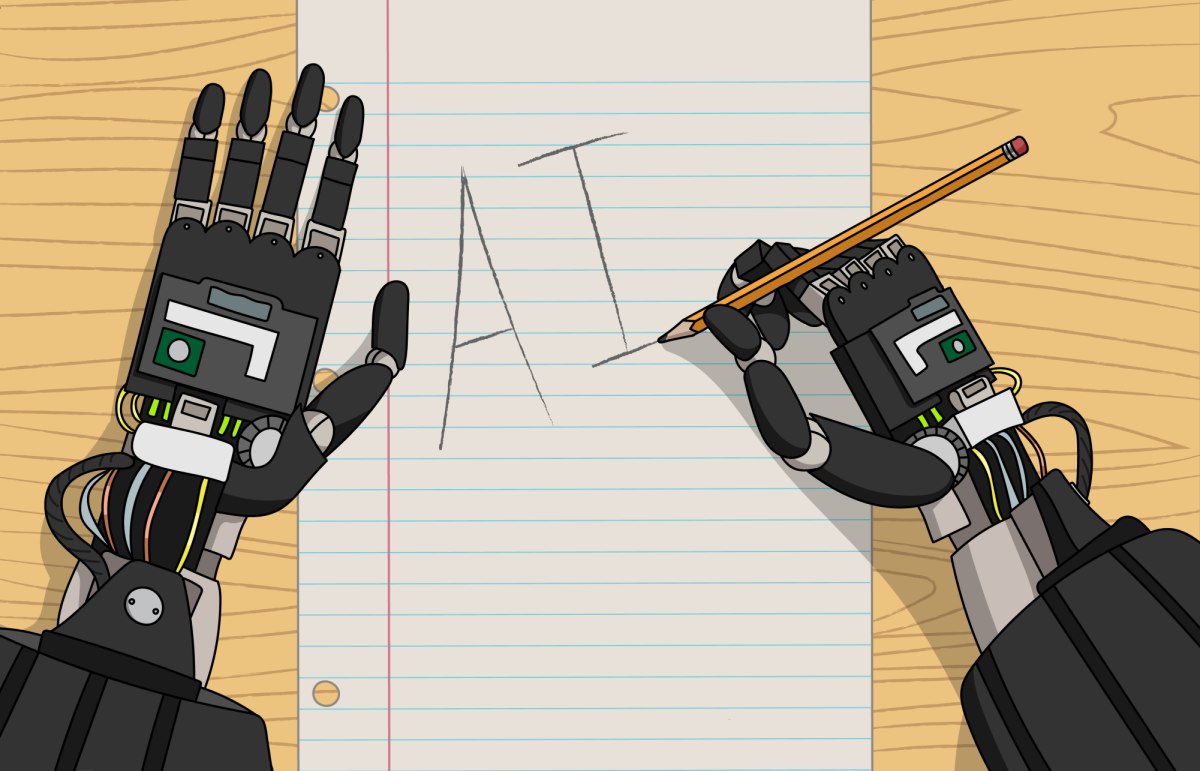Loy Norrix student opens up about contracting the COVID-19 virus
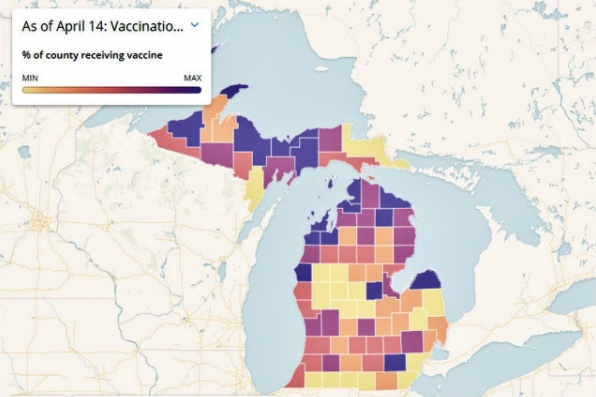
Credit: Scott Levin
A graphic depicting the rate of vaccination by county in the state of Michigan as of April 14.
May 7, 2021
The state of Michigan has been struck with over 873 thousand COVID cases in total, with the daily average number of new cases in the past week being over 7 thousand according to The New York Times.
Michigan high school students are a vulnerable group in terms of likelihood of contracting the virus, as the age at which citizens qualify for vaccination was just recently lowered to 16 on April 5. Because of the overall rate of infection statewide, and the low rates of fully-vaccinated teenagers, students need to be educated on the topic and prepared for the possibility of infection.
Junior Cassandra Jonaitis tested positive for COVID-19 on December 18 of 2020. They described what an infected student should expect during the recovery process for the virus.
“The two week quarantine wasn’t very hard honestly. I got bored more than anything,” Jonaitis explained, “The only struggle was my inability to run to the grocery store as a way to get out of the house. More than anything I had just run out of things to do, since I was too tired to go outside and do anything in my own yard.”
Regarding symptoms, Jonaitis had already been familiar with what to expect.
“Last year around Thanksgiving break I had gotten really sick, and looking back at it now my doctor agrees that I had COVID before the lockdown.” They went on to recount, “When I had it that time, my chest was extremely tight for around a week and a half, some mornings I could barely breathe without having a coughing fit. I had an ongoing fever for about two weeks, the peak of it being 103.7, and I experienced extreme fatigue and that lasted for several weeks after recovering. Having COVID that time also resulted in a mild case of pneumonia.”
During their second bout with COVID in December, Jonaitis experienced a fever of around 102°F and tightness in the chest and lungs, but said that “Those symptoms did not last very long, probably 2-4 days.”
According to the CDC, the most common symptoms among patients under 18 are a cough and fever, but chills, congestion, loss of taste or smell and any other symptoms associated with the common flu should warrant a test or check-up.
The testing process typically involves a nasal swab with a soft spool on the end, which is then inserted into the nasal cavity in order to collect the sample. Some have described the testing process via nasal swab as uncomfortable, but it can be necessary in order to get a clear and accurate diagnosis.
Issues that produce discomfort during the nasal test include but are not limited to the deviation of the septum, the skill or experience of the individual administering the test and general sensitivity of the mucus membrane from which the sample is collected, according to WebMD.
Jonaitis described the COVID test as, “Like crazy amounts of pressure in my nose and it almost hurt. It was like when you almost sneeze but then it fizzles out, but to the extreme.”
Now that they know what it’s like to have had the virus, Jonaitis said, “I feel less anxious about being in public spaces. Between the first time and the second time getting it, it was quite obvious that my body had built itself up stronger and the symptoms were much more mild the second time around, so I´m not really worried about contracting it.”
Jonaitis suggests that if students experience any respiratory-based symptoms, that they should get themselves tested as soon as possible.
“Even if they don’t get tested, they should assume they have it so they don’t spread it. My family had already assumed we had it before my dad had gotten his test back, and it may have saved many people from possibly getting COVID,” they said. “I think that it is important for everyone to be extremely wary of any sort of respiratory illness because COVID presents itself in so many ways in different people that everyone as a whole needs to be proactive in stopping the spread.”


